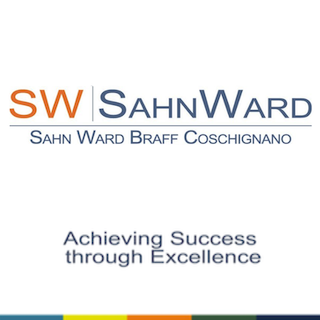News:
Green Buildings
Posted: September 22, 2014
How sustainability shapes competitive strategy
Value may be being left on the table by lacking an understanding of accounting for or anticipating how sustainability factors effect business performance and operations.
Environmental, social, and governance issues are continually at play, shifting industry considerations whilst generating new opportunities and threats to the business community.
Sustainability as strategy positions a company to leverage opportunities and mitigate risk. Consider the following amongst a vast array of sustainability factors which are strategically impactful:
1) Certification (example -- LEED):
a. PRO: competitive advantage if certification is in demand
b. CON: can be expensive and can increase manufacturing and operational costs
2) Collaboration: (example -- Energy Services Coalition)
a. PRO: collaboration enables coalitions to form, promoting investment in sustainable programs and resource conservation, mitigating risk of spikes in cost and scarcity of supply of essential resources.
b. CON: lack of awareness and/or information about programs and/or lack of follow through to meet qualification requirements results in loss of a strategic advantage for the non-participant
3) Customer Demand:
a. PRO: Large building owners/managers can have significant bargaining power over suppliers and influence the sustainability characteristics of the services/products they purchase.
b. CON: Can be difficult for suppliers to comply and accordingly, for building owners/managers to obtain desired sustainability services/products timely and cost effectively.
Nadine Cino LEED AP is the CEO and co-inventor of Tyga-Box Systems, Inc., New York, N.Y.
Tags:
Green Buildings
MORE FROM Green Buildings
IREON Insights: DURA Architectural Signage manufactures and delivers over one million signs
Long Island City, NY Since its founding in 1955, IREON member DURA Architectural Signage has proudly manufactured and delivered more than one million signs to clients across a wide range of industries. From architectural interior signage to large-scale exterior installations, their work can be seen in corporate








.gif)

.gif)
.jpg)
.gif)